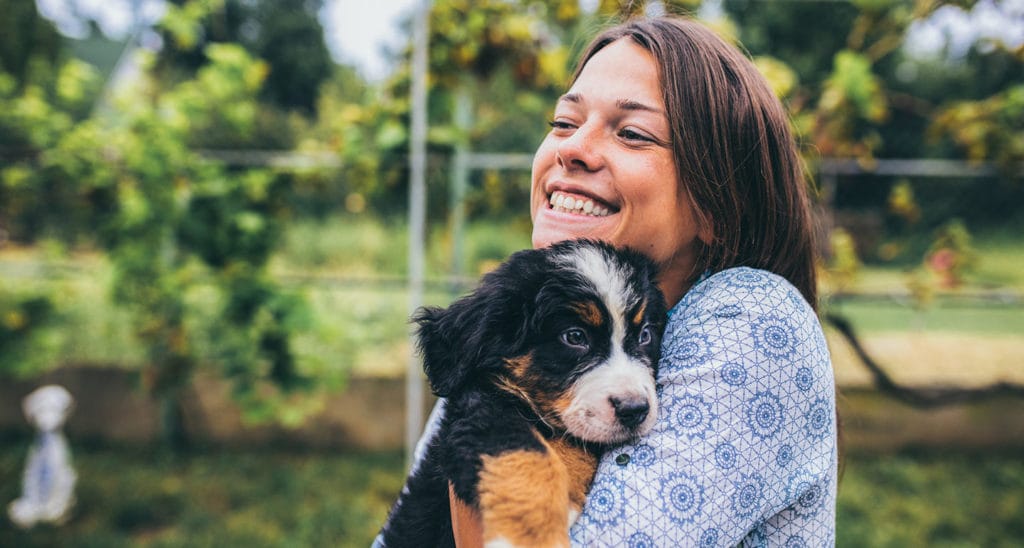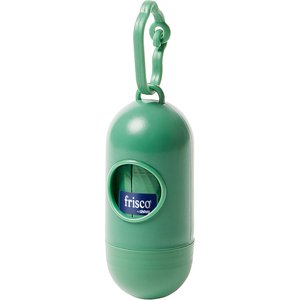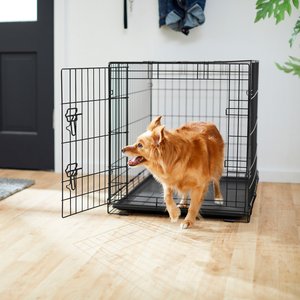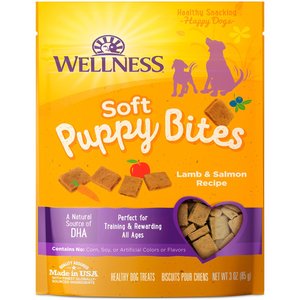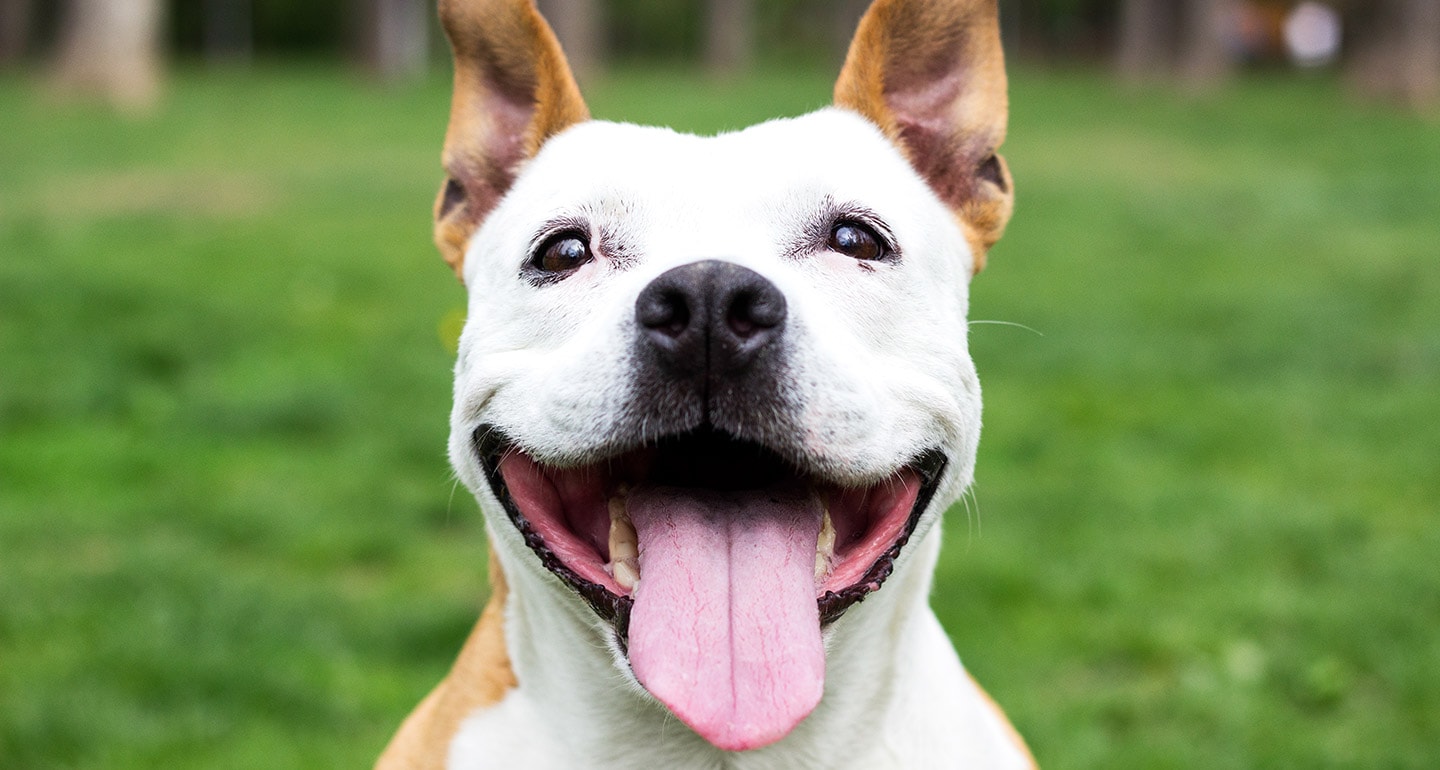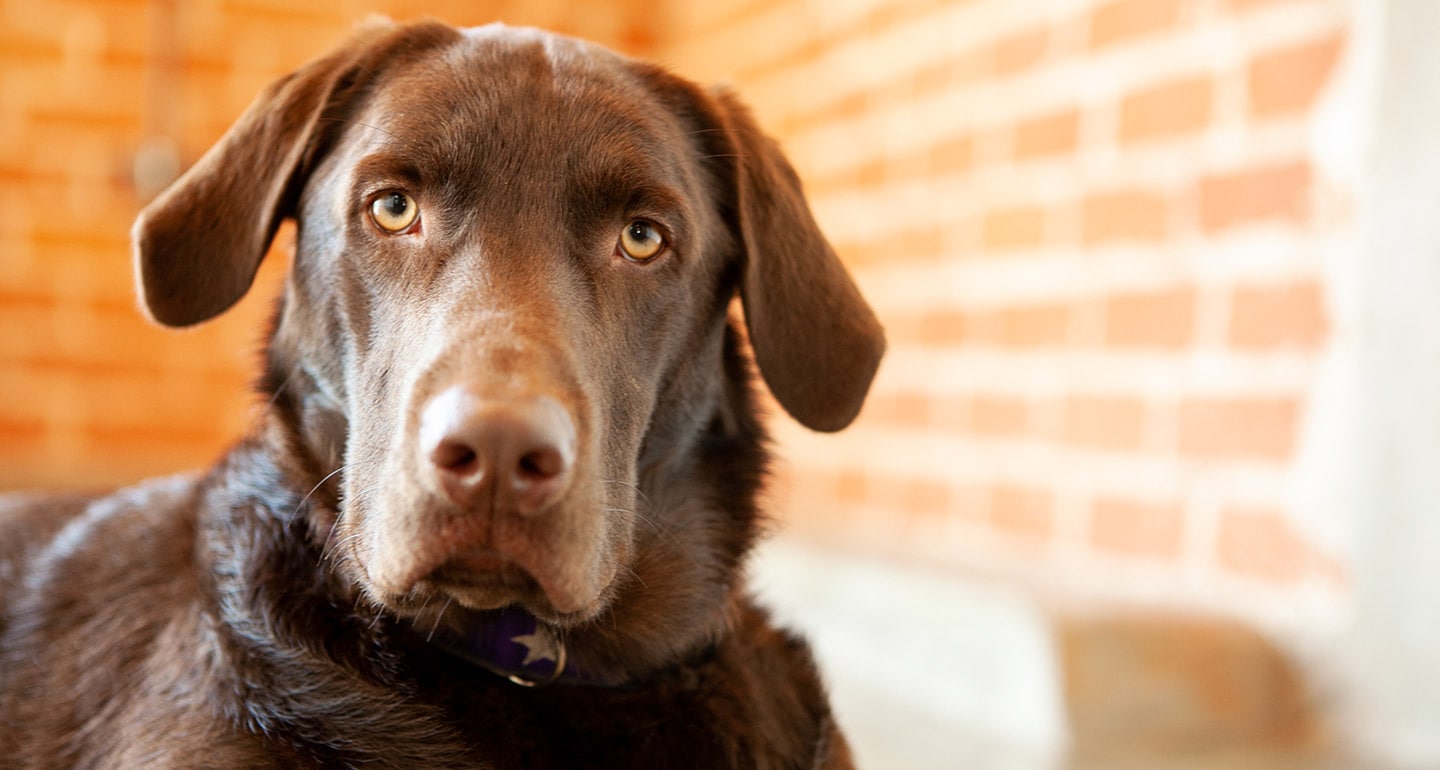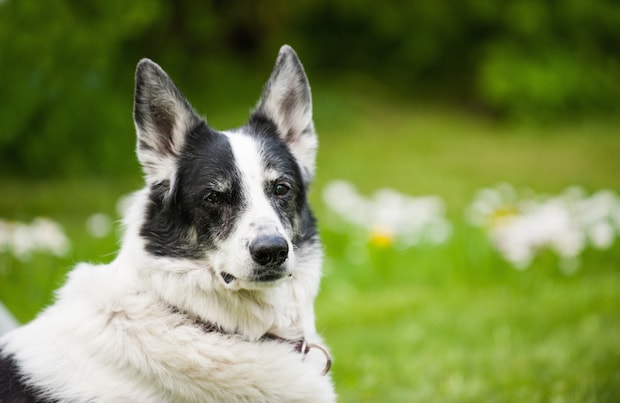So, you think you’re ready to add a new dog to your family? Opening your heart to a furry friend in need is a great first step, but caring for your new adopted dog requires more than love alone. What dog essentials do you need to keep them safe, sound and satisfied? Use our dog adoption checklist to make sure you have everything you need for life as a rescue dog parent.
Welcome Your New Dog Home
Before you bring your new best friend home, you’ll need to make sure your home is ready for them. Follow these tips to ensure a smooth transition.
Give Your New Pet Some Space
Puppies
You wouldn’t give a 2-year-old baby unsupervised access to your whole house, right? The same rules apply to new puppies, says Irith Bloom, faculty at Victoria Stilwell Academy based in Atlanta, Georgia, owner of The Sophisticated Dog in Los Angeles, California, and certified animal trainer with multiple certifications, including CPDT-KSA, CDBC, VSPDT, KPA CTP, and CBATI.
“It’s a good idea to start them in a small area that’s carefully controlled,” she says.
Pet parents can create that area using bay or pet gates, exercise pens, crates or other barriers. And get creative when you need to, she says: “The flip side [of using exercise pens] is to put, for example, the couch inside an exercise pen so the puppy can’t get to it.”
In addition to things like furniture and cabinets that can be expensive for puppies to chew on, pet parents must also ensure any items that are unsafe for a puppy are out of reach of their newest family member.
“Move fragile, tippable or potentially dangerous items like cleaning supplies, food and medications to inaccessible locations,” says Jennifer Coates, DVM, from Fort Collins, Colorado. “Tuck electrical cords under carpeting and keep cords for blinds out of reach.”
Pet parents should allow their new puppy to be unsupervised only in their designated small space, accompanied by appropriate chew toys, until they’re around 12-16 weeks old, “when you’re seeing he’s begun to understand his toys and what not to chew on,” Bloom says. “Then, experimentally, give him another 100 square feet of space.”
If your puppy behaves in their newly expanded quarters, expand it again. If your dog continues to behave, expand it again and again until they’re well behaved throughout your home.
Find out how to puppy-proof the bathroom and how to puppy-proof the stairs.
Adult Dogs
“Moving into your home is stressful for your new rescue dog. Even if the dog’s previous living environment was unpleasant, it was at least familiar,” Bloom says, adding that stressed dogs tend to act out. “Your dog has just moved to a strange new place, and it can take time for dogs to adjust.”
Because you never know how a dog will react to new environs at first, “assume adult dogs are not housetrained and will chew on everything,” she says. That means pet parents should treat their new adult dog as if they’re a puppy, by giving them a small space as described above—at least at first. Because adult dogs have stronger bladder muscles and more fully formed brains, you can allow them to more easily win your trust.
“I will tend to be a lot faster giving the dog access [to the rest of the house] as long as they prove reliable when they get their first set of access,” Bloom says. If they get it wrong, she adds, don’t get upset—simply adjust their access to your home accordingly.
Puppy-level safety rules also still apply to adult dogs, Dr. Coates says. “You can’t be completely confident in what they’ve learned in their previous homes,” she says. “For dogs who aren’t used to crates, try giving them a chew or a toy filled with peanut butter when you have to step away. Most older dogs will adapt very quickly to new house rules when they’re implemented consistently and kindly.”
Senior Dogs
Preparing your home for a senior pet means anticipating the aches and pains that can come with age, Bloom says. For example, if you have hardwood floors or tile floors, you may need to cover them with something that gives your new pet a bit more traction.
“As they age, their muscle mass will deteriorate, and they have a little less balance and a little bit less control as they walk, so they tend to slide around and it can be painful for them,” she says. “So it’s a good idea to have runners or rugs, something so that your dog can get around on the tile or hardwood without being in pain.”
Confining your senior pet to a small area may also be a good idea, Bloom says, especially if they exhibit bladder control issues or symptoms of canine cognitive dysfunction, aka dog dementia. “Make sure they have something fun to do [in their area],” Bloom says, pointing out that games, training and activities help keep dogs’ minds sharp as they age.
Find out more about senior dog care.
Understand Accidents Will Happen
No matter how cute and perfect your new pet appears to be, chances are there will be some hiccups as they adjust to their new space.
“Your dog has just moved to a strange new place, and it can take time for dogs to adjust. Expect to see changes in your dog’s behavior as he relaxes into your home over the course of 3-6 months,” Bloom says.
That’s especially true for puppies, she says. After all, they have been taken away from Mom and siblings, as well as the place they once called home.
“They tend to be more flexible brain-wise, given their young age, so they adjust faster, but it’s still a stress,” Bloom says. “And obviously, puppies are going through a lot of different changes as they become adults, so their behavior will change more or less constantly for at least a year in most cases.”
The short version: “[Dogs] will get into trouble in their little area, whatever it is,” Bloom says—and when they get it wrong, it’s up to pet parents to guide them toward more appropriate behavior using appropriate toys, treats and plenty of compassion.
Identify a Vet
Your veterinarian will be a crucial ally in supporting and maintaining your new dog’s health—so it’s important to choose the right one.
“Ask people you trust about what veterinarian(s) they’d recommend,” Dr. Coates says. American Animal Hospital Association (AAHA)-accredited veterinary practices are usually a safe option, she adds. According to the AAHA, accredited vets have to regularly pass onsite evaluations based on more than 900 standards of veterinary care.
It’s a good idea to “shop” for a veterinarian while your pet is healthy, Dr. Coates says, “so you will have a good working relationship in place before a crisis arises.” One good tactic is making an unannounced visit to the clinic to check out the reception area. “Ask for a tour,” Dr. Coates says, “but understand that depending on what’s going on in the clinic at the moment, it may need to be scheduled for a future time.”
Check Your Calendar
Do you have any vacations coming up? What about long nights at the office? With a new pet in your life, your schedule isn’t as flexible as it once was. That doesn’t mean you have to give up your social life or that trip to Bermuda—it just means you have to do a little extra planning. Research pet sitters, pet boarding centers and pet hotels in advance of any travel you have planned (or find out how to travel with your dog). And if your day-to-day schedule can be unpredictable or keeps you away from home for long periods, consider hiring a dog walker or dropping your new dog off at doggy daycare.
Find out the pros and cons of pet sitting and pet boarding.
Dog Adoption Checklist
Dogs, like most animals, don’t need much to get by. But as a new pet parent, you want to make sure you have all the things you need for a dog so they can thrive, not just survive. This dog adoption checklist has all the dog essentials you’ll need to raise a happy, healthy dog.
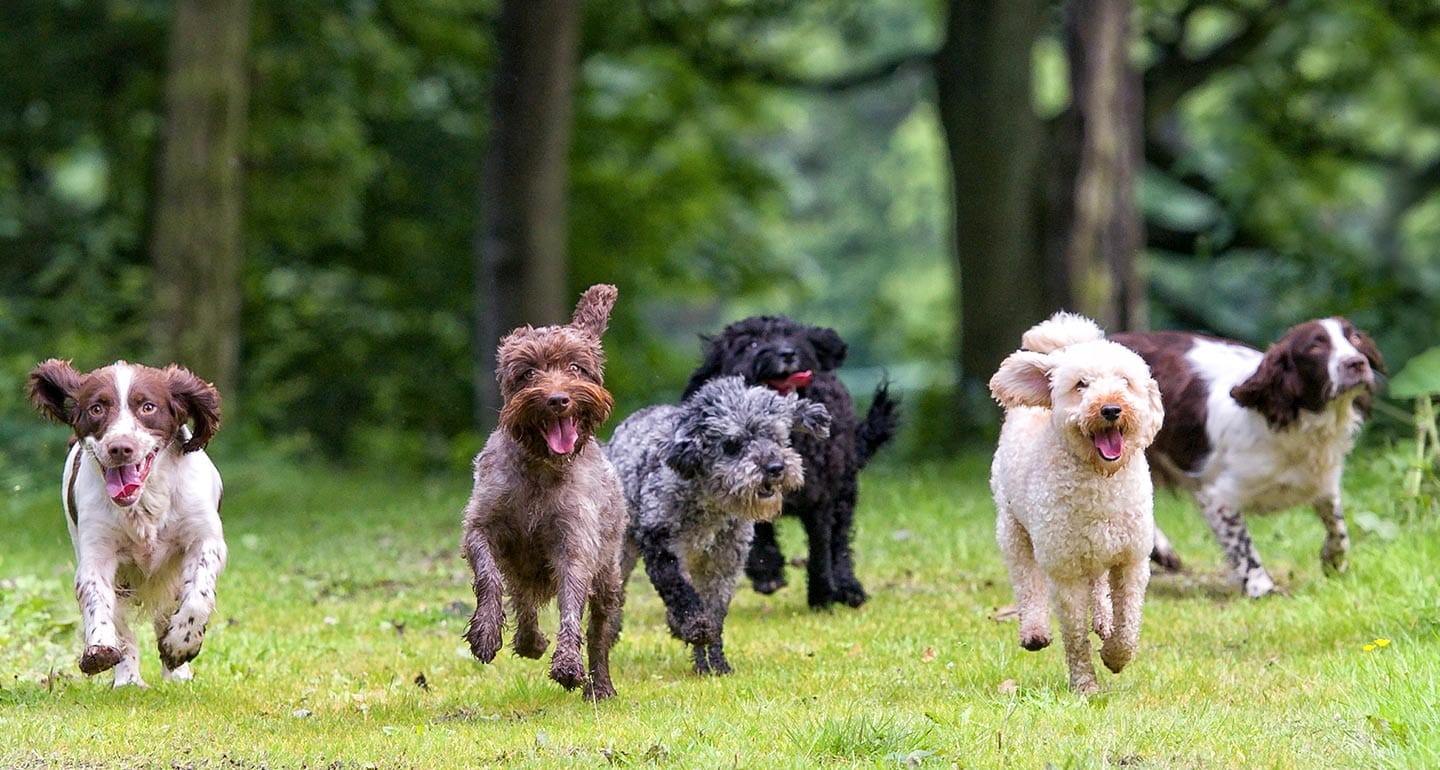
iStock.com/dageldog
1
All Dogs
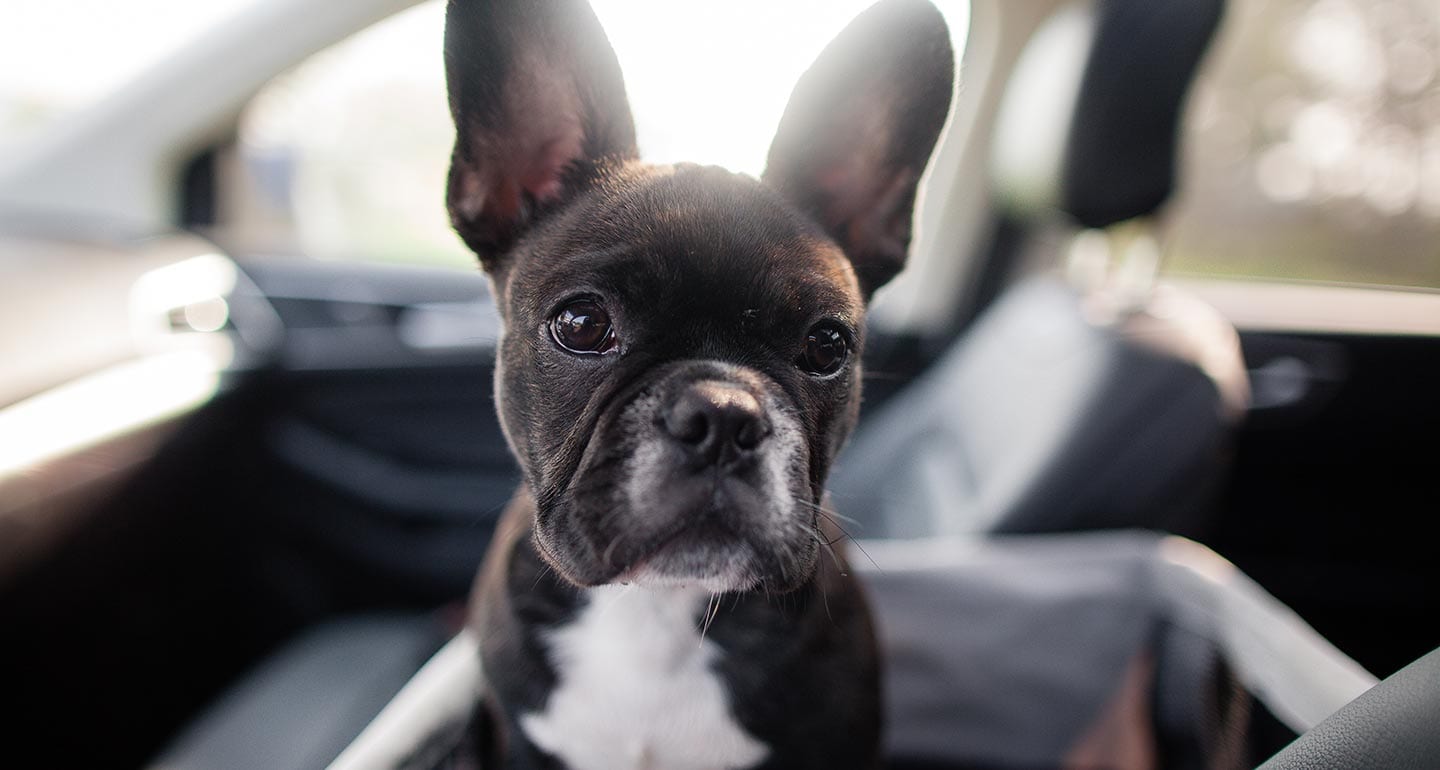
iStock.com/cpopik
2
Puppy
Health & Wellness
You’ve got your new dog gear, and you’ve selected a veterinarian to be your partner in maintaining your new dog’s health. Now it’s time to make your first vet visit and brush up on the things you’ll need to promote and maintain your dog’s wellness, from vitamins and supplements to parasite prevention.
Vitamins and Supplements
Your dog’s diet will provide most of the nutrition they need, but some pets benefit from added vitamins and supplements. Senior pets with aching joints, for example, may benefit from joint supplements with ingredients like glucosamine, chondroitin, or omega-3 fish oils.
Heartworm Prevention
Heartworms, Dirofilaria immitis, are worms that live in the heart, lungs and blood vessels of infected dogs. The parasite is spread through mosquito bites, traveling in the infected dog’s bloodstream to the heart, lungs and blood vessels, where they can live for 5-7 years, reproducing and causing damage. Left untreated, they can be fatal.
That’s why a heartworm preventative is absolutely necessary for any pet dog, Dr. Coates says. Your veterinarian can recommend a safe, FDA-approved heartworm medicine for dogs in one of three forms: a topical treatment that goes on top of the dog’s shoulder blades, a chewy pill that looks like a treat, and an injection that lasts for six months.
Find out more about heartworm in dogs.
Flea and Tick Prevention
Pests like fleas and ticks aren’t just a nuisance for your dog, Dr. Coates says. Apart from itching—which can be so severe it causes hair loss and sores in dogs with flea allergies—fleas and ticks can also carry diseases. Fleas can spread tapeworms, haemobartonellosis (parasitic blood infection), cat scratch fever and mycoplasmosis (bacteria infection). Ticks transmit Lyme disease, tick fever, Rocky Mountain spotted fever, ehrlichiosis and anaplasmosis (both bacteria infections) and babesiosis (a parasite infection of the red blood cells). Severe infestations can also cause anemia due to loss of blood. The first step to avoiding these issues is using a flea and tick preventative.
Learn more about how to combat fleas on dogs.
Schedule a Vet Visit
New dog parents should set up a visit to their new veterinarian soon, especially if their dog is due for vaccines. Many puppies go home to their pet parents around 8 weeks of age, for example, which is a good time for a first vet trip because it coincides with their first vaccination, Dr. Coates says.
Read our complete guide to dog vaccinations.
The particulars of your new dog’s first visit to a vet will vary based on their medical history, age and other factors. But there are a few standard practices you’ll encounter. Expect to answer some basic questions about your dog’s past, a review of any available veterinary records, and a physical exam, Dr. Coates says.
Download our Puppy's First Vet Visit checklist.
Based on your dog’s history, records and exam, your veterinarian could recommend a wide range of options, including preventative care, Dr. Coates says. That includes a schedule of vaccines as well as flea, tick and heartworm prevention medication. Your vet may also offer nutritional guidance or diagnostic testing, and schedule necessary follow-up appointments. If you’re considering vitamins or supplements for your new dog, this visit is a good time to talk to your vet about that decision and ask about any specific products and how they might affect your dog.
Download our Puppy Vaccinations Tracker.
Training
No matter how sweet your dog is, it’s likely you will have at least a couple differences of opinion on what constitutes appropriate behavior. That’s where training comes in. Whether you’re teaching your new dog commands like sit and stay, or simply showing them where they’re allowed to do their business, use these tips to show your pup how to be their best self.
Crate Training
Teaching your dog to be comfortable and calm inside a crate can come in handy, especially during the time before your new dog has earned enough of your trust to have free reign of your home, Bloom says. Find out how to crate-train your dog.
Potty Training
Potty training is one of pet parents’ most feared tasks—but according to Bloom, it can be as simple as 1-2-3. Follow her advice for potty training dogs in as little as 7 days.
Download our Puppy Potty Training Chart.
Teaching Commands
Sit
“Sit.” It’s the quintessential dog command. So how do you teach your dog to do it? Follow Bloom’s advice:
- While your dog is standing up in front of you, hold a treat between your forefinger and thumb.
- Put the treat in front of your dog’s nose, and slowly move the treat up and backwards over their head. Eventually your dog should tip backwards into a sit.
- As soon as their rear end hits the ground, say a reinforcing word like “good,” or “OK” and let them have the treat.
- Do this three times with the treat, then try it with your empty hand.
- When your dog sits when guided by an empty hand, give them a treat.
- When your dog has mastered sitting with the hand signal, introduce the verbal command. Say “sit” first, then show them the hand signal, and treat your dog when they sit. Over time, phase out the hand signal.
Read more about how to teach your dog to sit.
Lay Down
Bloom’s technique for teaching a dog to lay down on command is similar to sit. The main difference is that this time, you’ll be guiding the dog’s nose to the floor.
- While your dog is standing up in front of you, hold a treat between your forefinger and thumb.
- Put the treat in front of your dog’s nose, and slowly move the treat down to the floor and away from them. When it gets to the floor, hold the treat there and wait. The dog will try to get the treat, but don’t let them have it yet.
- Eventually your dog will decide it’s too much work to keep their rear end elevated while they try to get the treat. As soon as they lay down, release the treat and say a reinforcing word like “good” or “OK.”
- Do this three times with the treat, then try it with your empty hand.
- When your dog lays down when guided by an empty hand, give them a treat.
- When your dog has mastered laying down with the hand signal, introduce the verbal command. Say “lay down” first, then show them the hand signal, and treat your dog when they sit. Over time, phase out the hand signal.
Read more about how to teach your dog to lay down.
Stay
Once your dog has mastered a sit, it’s time to teach them to stay. Follow Bloom’s guide:
- Put your dog in a sit, then feed them 1-7 training treats, one right after the other, as long as the dog stays in a sit.
- Say “release” and allow your dog to get up and move around.
- Again put your dog in a sit, move away for one second, then move back and offer the dog a treat for staying.
- Say “release” and allow your dog to get up and move around.
- Over time, make the gaps between treats longer, up to around 10 seconds.
- Start using the word “stay” when your dog has shown they can stay for up to 10 seconds. Put your dog in a sit, then say “stay” before moving away for up to 10 seconds. Then say “release” to end the behavior.
- Over time, add more time and distance between “stay” and “release.”
- Pet parents should also add distractions like holding a toy, jumping up and down, or dancing. This can help dogs follow the stay command despite distractions in real world situations. Keep the distractions within the amount of time you know your dog can stay without distractions.
Read more about how to teach your dog to stay.
Leash Walking
“Most dogs are not born understanding that a piece of string around their neck means stay close to me,” Bloom says. That means you’ll have to do a little training to show your dog how to properly walk on a leash.
Before you get started, Bloom says, remember this: If you pull on your dog, your dog will pull back. That’s not just stubbornness—it’s an instinct that’s built into canines (as well as humans) called opposition reflex. Dogs instinctively pull back against a force that’s pulling on them. “You have to make an agreement: I’m not going to pull on you, and you don’t pull on me,” Bloom says. “The most you should ever do is stand still and let the dog pull against you.”
Download our Puppy Walking Schedule printable.
To teach your dog to stay close, Bloom says, choose a place where you want them to be while you’re walking, such as right next to your leg. Whenever they position themselves there, offer a treat. Gradually space out the amount of time between treats.
Some walking harnesses can help reduce pulling on the leash too, Bloom says. A harness like the 2 Hounds Design Freedom No Pull Dog Harness & Leash lets pet parents attach the leash to a clip on the front of the dog’s chest, which gently swings them around to face their walker when they pull. And for pet parents who have bigger dogs who might overpower them, a head harness like the PetSafe Premier Gentle Leader Quick Release Dog Headcollar can help reduce pulling, she says.
Learn more about leash training a dog.
Your New Dog: The First Year
You’ve prepped your home. You’ve bought the gear. You’ve dog-proofed and house-trained and taught them to sit. Now what? Don’t forget the other important dog essentials—things you need to do for your dog to keep them happy and healthy all year long.
- Have your pet microchipped to keep them safe if they get lost.
- Find a groomer who can keep your dog’s hair and nails in order.
- Prepare for a dog emergency by saving a pet poison control hotline in your phone and locating your nearest 24-hour emergency vet clinic.
- Make a pet emergency disaster plan, and pack an emergency bag of your dog’s essentials.
- Find your nearest dog park, and take your dog on plenty of outings to socialize them with new people and other pets.
Learn more about what to expect in your dog’s first year.
Share:
